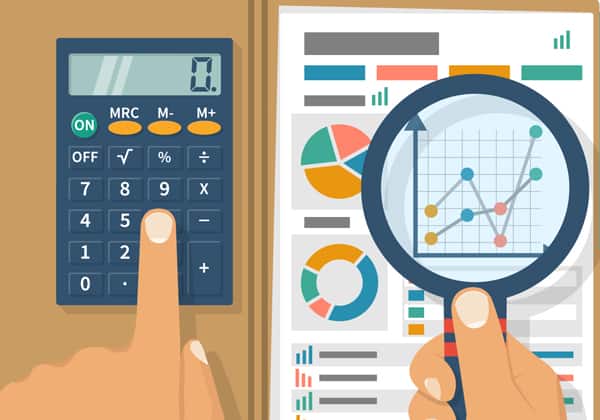The underwriting process is a critical component of the purchase and mortgage refinancing journey. Reaching the underwriting phase means you are one step closer to your mortgage closing. Here is everything you need to know about the mortgage underwriting process and tips on how to prepare!
What is Mortgage Underwriting?
Mortgage underwriting is when the underwriter does a deep-dive analysis of your loan application, credit history, and financial background to determine if you are eligible for the loan program based on a specific set of guidelines.
What Does an Underwriter Do?
The mortgage underwriter is responsible for reviewing all your financial documents to ensure everything looks accurate and meets the guidelines associated with your desired loan program. They will also assess the potential risk of your ability to repay the loan before issuing a final loan approval.
Steps in the Mortgage Underwriting Process
Here is a brief overview of the steps the underwriter may take to come to a final loan decision.
Review income, assets, and credit
When you apply, the loan originator will request documentation related to your income, assets, credit, and debts. View our mortgage checklist on documents needed for a mortgage pre-approval for a more comprehensive list.
- Income
Typically, the underwriter will look for about two years of steady income, especially for self-employed borrowers.They will review your pay stubs, employment verification letters, and tax returns. Understanding your monthly income will help the lender evaluate how much more monthly debt you may be able to handle.
- Assets
The underwriter will ensure you have enough liquid assets (cash in a checking or savings account) to cover the closing costs and your first mortgage payment. The lender may also require you to have a certain amount of assets to ensure the ability to pay back the loan if you face an unexpected hardship such as losing a job.
- Credit
The underwriter will review your credit report to see how you’ve handled debt in the past.
Appraisal
An appraisal may be required to determine the home’s value and ensure it aligns with the requested loan amount. If the underwriter finds that the appraised value is less than the loan amount, the loan may need to be adjusted.
Down payment
If you’re purchasing a home, the underwriter will review your down payment amount. Some loan programs may require a specific down payment percentage, which will need to be compared to the final loan amount and appraised value. Typically, borrowers with a higher down payment are deemed as less risky as they have more at stake in the home and may be less likely to default on their mortgage.
Decision
After the underwriter reviews the loan terms and your financial profile, they will come to a final decision which may be approved, approved with conditions, or denied.
- Approved
If you receive an approval from the underwriter, you are clear to close! Clear to close status means that you do not need to provide any other documentation or letters of explanation, and you can then proceed to schedule a closing date.
- Approved with conditions
Conditional approval means that the underwriter needs to verify additional information and request more documentation or letters of explanation. You must clear all outstanding conditions before the underwriter can issue a final loan approval. Some common underwriting conditions include explaining a large deposit in your bank account, receiving another verification of employment, or clarifying some items on the appraisal report.
- Denied
If your mortgage is denied, your loan originator will work with the underwriter to understand the reason for denial. Some common reasons for a loan denial are the debt-to-income ratio is too high, or the credit score is too low for the desired loan program and rate. Once you and your loan originator know the reasoning, you can work together to figure out the best next steps to get approved or apply for a different loan program.
How Long Does Mortgage Underwriting Take?
As there are many steps in the underwriting process, the timeline may vary depending on the complexity of your loan scenario and the borrower’s responsiveness. The underwriter may take as little as one day or as long as a few weeks. If the underwriter requests additional documentation or signatures, try to get them back on time to ensure a faster process. Communication is critical, especially in the underwriting phase!
How Long After Underwriting Does it Take to Close?
Once you receive a final loan approval, you will be asked to schedule a closing date. The attorney will coordinate the closing date amongst all the parties involved, including the settlement agent and real estate agent.
Tips to Put Your Best Foot Forward in the Underwriting Process
Now that you understand the basics of the mortgage underwriting process, here are some helpful tips to follow to help you have a fast and easy mortgage approval process.
Respond Quickly
If your loan originator or the mortgage underwriter asks you questions or requests clarification on something, it’s important to respond quickly.
Gather your Documentation
Gather all of your financial documents when filling out the loan application so you can submit everything at once. This will hopefully reduce the amount of back-and-forth between you and your loan originator.
Do Not Make any Large Purchases or Apply for New Credit
The underwriter reviews your financial profile to look for consistency and stability. Thus, try to avoid making any large purchases or applying new credit lines during the mortgage process.

